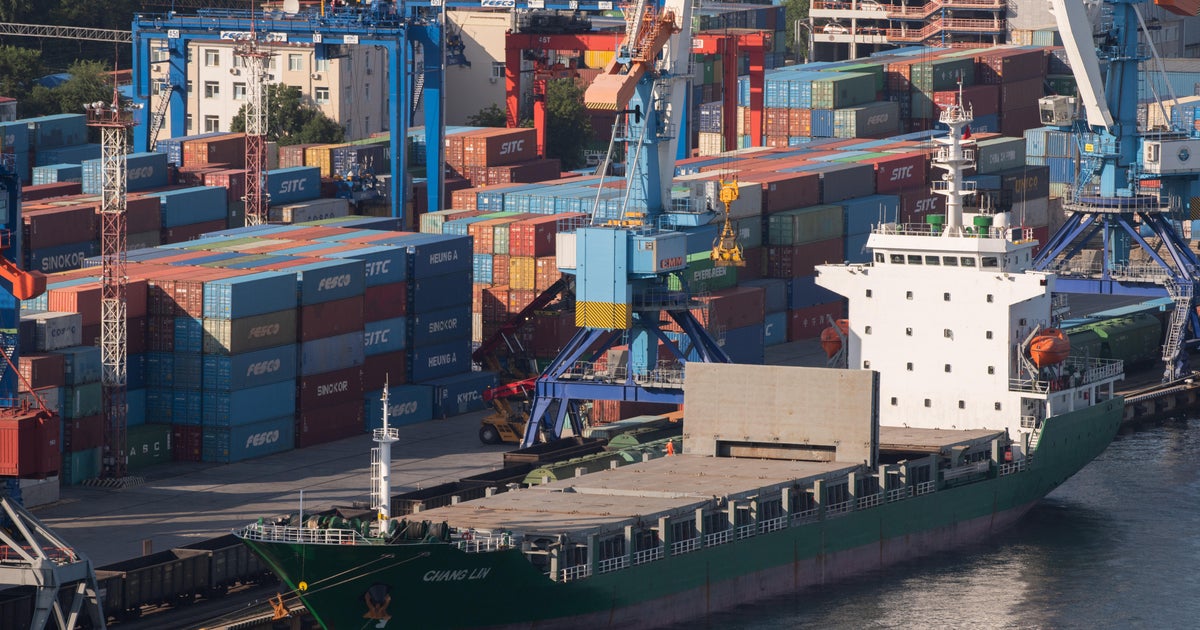SpaceX cargo ship captured by space station
A SpaceX Dragon cargo ship completed a flawless rendezvous with the International Space Station early Wednesday, bringing more than 3 tons of supplies and equipment to the lab complex along with 20 mice and ice cream treats for the station crew.
With the Dragon holding position just 30 feet from the lab complex, astronaut Jack Fischer, operating the station's robot arm, locked onto a grapple fixture at 6:52 a.m. EDT (GMT-4) as the two spacecraft sailed 250 miles above the south Pacific Ocean just north of New Zealand.
Capture came two days after the Dragon was launched Monday from the Kennedy Space Center atop a SpaceX Falcon 9 rocket. It was the 12th of more than two dozen station resupply flights the California rocket builder is carrying out under multiple contracts with NASA.
"Nice work. Congratulations on a job well done," radioed European Space Agency astronaut Andreas Mogensen from mission control in Houston. "You guys have just won yourselves some fresh food."
"Sounds like a plan," Fischer replied. "And Houston, I really love the honor of being able to catch (this) cargo vehicle because of what it represents. SpaceX 12 is the last fight on the original cargo resupply contract and this ... stands as a testament to a burgeoning commercial industry that has become a pillar of support to NASA and all of humanity's quest to explore the universe."
With the cargo ship safely snared, flight controllers at the Johnson Space Center in Houston took over arm operations to remotely pull the Dragon in for berthing at the Earth-facing port of the forward Harmony module.
Packed inside the Dragon's pressurized cabin, the part of the spacecraft accessible to the station crew, are 3,646 pounds of crew supplies, space station hardware, computer gear and research equipment, along with 20 mice that are part of a study on the long-term effects of weightlessness.
Also on board: freezers, carrying ice cream for the station crew, that will be used to store experiment samples.
"Aboard this wonderful Dragon await 6,400 pounds of cargo, mostly science, that will investigate everything from technology to the growth of lung tissue to a protein crystal experiment investigating Parkinson's disease and many, many more," Fischer said.
"We will be able to conduct over 250 experiments over Expeditions 52 and 53 with the science this Dragon holds in its belly. The crew stands ready to rock the science like a boss!"
Mounted in the Dragon's unpressurized trunk section is a cosmic ray detector known as CREAM -- Cosmic Ray Energetics and Mass -- that will be mounted outside the station later to study high-energy particles from deep space.
"It's generally believed that cosmic rays originate in supernovas," said Eun-Suk Seo, the ISS CREAM principal investigator at the University of Maryland.
"There are other possible contributions, or accelerators -- pulsars, colliding galaxies, black holes, AGNs (active galactic nuclei), for higher energies. But what we still don't quite understand is why supernovas are a very good candidate to explain this energy density that we see with cosmic rays."
With the Dragon rendezvous and capture complete, Expedition 52 commander Fyodor Yurchikhin and flight engineer Sergey Ryazanskiy plan to carry out a spacewalk Thursday to manually launch five small satellites, to service external experiments and to carry out routine inspections.
Then on Friday, a United Launch Alliance Atlas 5 rocket is scheduled for launch from the Cape Canaveral Air Force Station at 8:03 a.m. to boost a $408 million NASA communications satellite into orbit. It is the latest in a series of high-power relay stations that support agency science satellites and probes as well as the space station.





